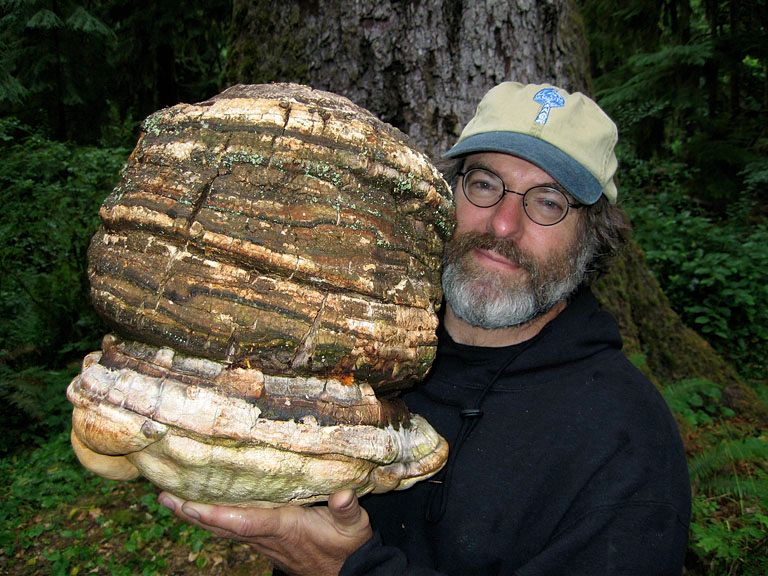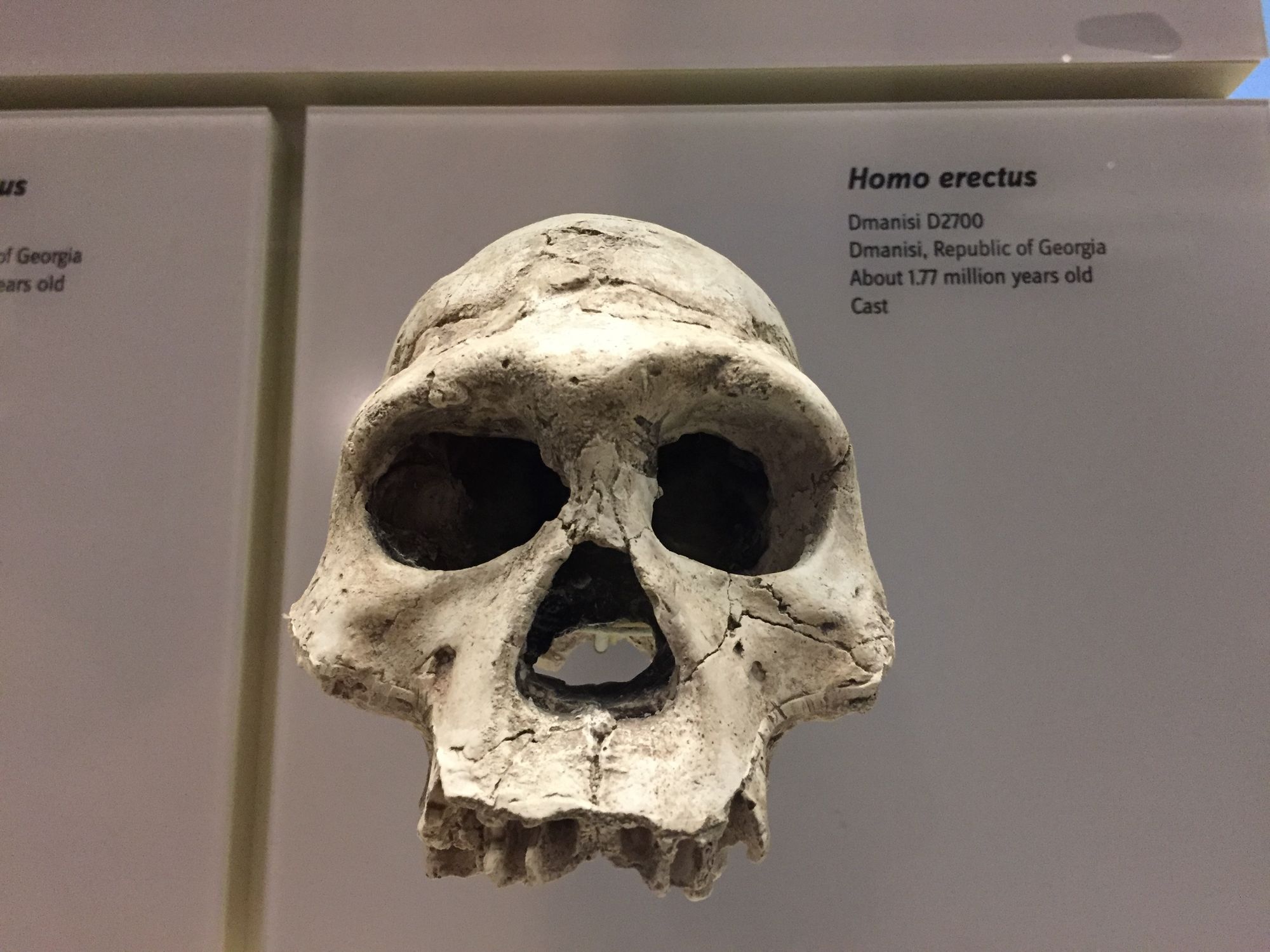Was consciousness sparked by a pre-historic encounter with magic mushrooms? Terence McKenna’s Stoned Ape Hypothesis of human evolution will blow your mind.

The climate is changing. A hominid wanders beyond the receding canopy of its natural habitat and into the open plains searching for food. It follows the trails animals have left behind, tracking footprints and excreta. A fruiting body ripens in the sunlight. The creature eats the mushroom.
Everything is transformed.
What is the Stoned Ape Hypothesis?
In Food of the Gods, ethnobotanist Terence McKenna presented his Stoned Ape Hypothesis.
McKenna speculated that Homo erectus evolved into Homo sapiens after encountering and ingesting psychedelic mushrooms like Psilocybe cubensis growing in animal manure.
The primitive psychedelic experience, according to McKenna, sparked the rapid evolution of human cognition and inspired our ancestors’ earliest experimentations with art, language and technology.

In a fantastic reimagining of Darwinian evolution, he speculated that these mushrooms “catalyse consciousness” and lifted us “out of the animal mind and into the world of articulated speech and imagination”.
“Even as the nineteenth century had to come to terms with the notion of human descent from apes, we must now come to terms with the fact that those apes were stoned apes. Being stoned seems to have been our unique characteristic.”
McKenna’s hypothesis, which he developed with his brother Dennis, remains controversial — because it is impossible to prove or disprove.
The Stoned Ape Hypothesis is widely discredited by the scientific community, though there has been renewed interest in McKenna’s proposition from mycologist Paul Stamets.
Why do some people believe the Stoned Ape Hypothesis?
Proponents of the hypothesis argue that psychedelics encourage neuroplasticity, which means changes in brain activity triggered by these substances create new and more flexible connections between brain cells.
Stamets has even argued that psilocybin mushrooms can stimulate epigenetic neurogenesis, whereby changes in gene expression that do not result from modifications to the sequence of DNA can occur.

In other words, the novel psychological effects of psilocybin spurred the growth of synaptic pathways and affected the expression of genes that were already present in hominids.
This experience, Stamets argues, changed our ancestors physiologically and neurochemically — changes that were passed down from generation to generation.
What are the problems with the Stoned Ape Hypothesis?
The Stoned Ape Hypothesis is seductive because it offers a simple — if lurid — explanation for why the brain of Homo erectus doubled in size between 200,000 and two million years ago.
Setting aside the fact that the hypothesis involves the emergence and nature of consciousness — a ‘hard problem’ that science is yet to explain — it is difficult to obtain robust archaeobotanical evidence of the integration of psychoactive substances into the ancient diet because of the rate at which organic matter decomposes.
We also lack conclusive evidence to support theories about the first humans and cultures to ingest psychedelics because their origin predates written historical records.
McKenna argues that psilocybin increases visual acuity and sexual arousal, which would have obvious evolutionary benefits. But there is no strong evidence to support this.
There are many other proposed explanations for the dramatic increase in brain size including primitive tool use, which allowed Homo erectus to access and eat the bone marrow and brains scavenged from the skeletal remains of large animals. New fatty acids in the ancient diet could significantly change the brain.
Another hypothesis involves the discovery of fire. As our ancestors harnessed the power of flames to cook food, more calories could feed the brain. Fire kills parasites and bacteria. It also detoxifies foods that are poisonous when eaten raw. Cooked food therefore frees up calories to power the brain rather than digestive and immune systems.
Alternative hypotheses claim Homo erectus needed this larger brain to develop language, memory and societies.

A compelling argument can be made about how psychedelics have affected culture, rather than biology. In This Is Your Mind on Plants, journalist Michael Pollan writes:
“It’s useful to think of these psychoactive molecules as mutagens, but mutagens operating in the realm of human culture rather than in biology. In the same way that exposure to a disruptive force like radiation can mutate genes, introducing variation and throwing off new traits that every so often prove adaptive for the species, psychoactive drugs, operating on the minds of individuals, occasionally contribute useful new memes to the evolution of culture — conceptual breakthroughs, fresh metaphors, novel theories.”
McKenna’s immaculate conception is fascinating to contemplate. But without the data it will remain just that — a beautiful but quixotic idea.
The profound experiences occasioned by psychedelics like psilocybin have left an indelible mark on our species, but we have no proof that they have influenced human biological evolution.
What we do have, however, is art.
This blog is the third chapter of a series titled 'What is the psychedelic renaissance?'
Subscribe to my newsletter Afterglow to take the trip.
